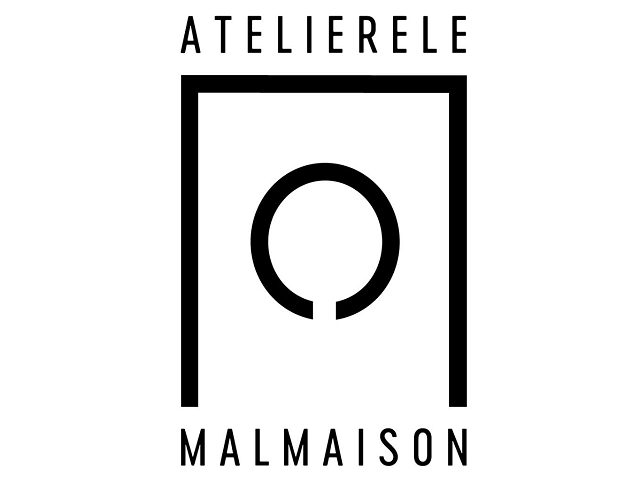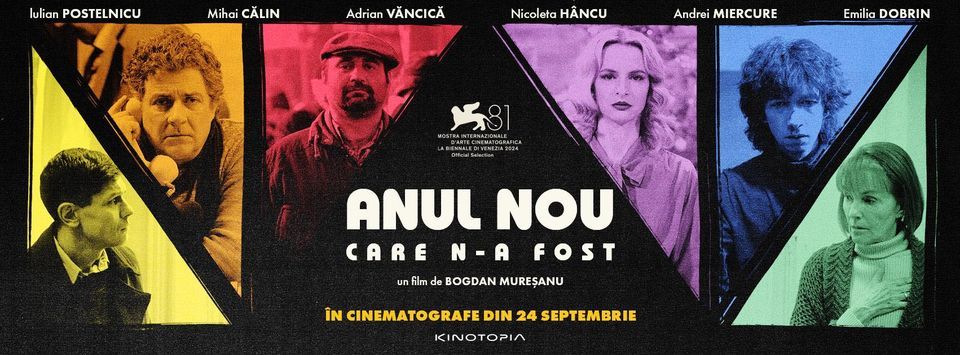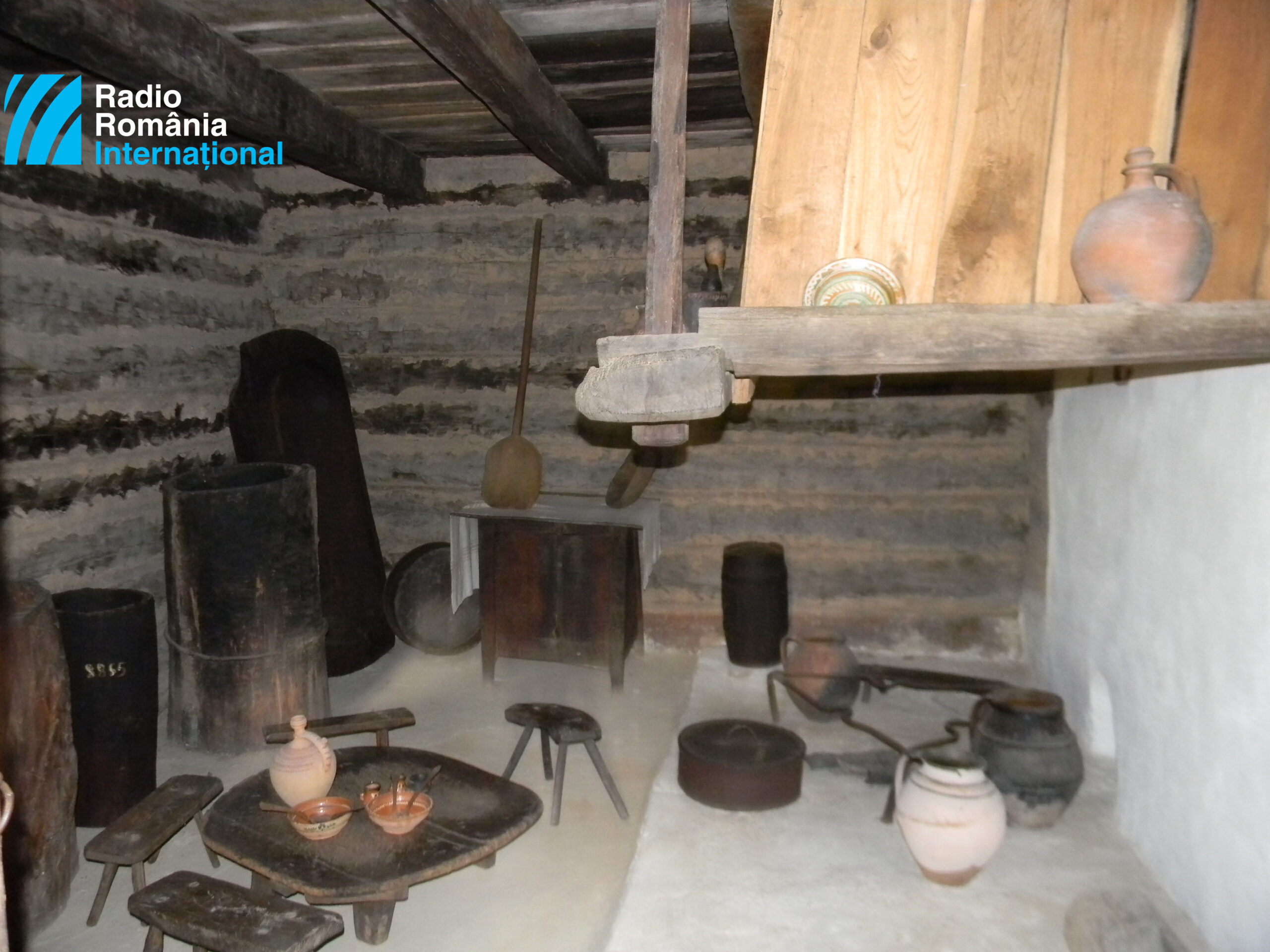History Through Dance
Many buildings in Bucharest have a history that is often unknown

Ana-Maria Cononovici, 23.11.2021, 13:42
Many buildings in Bucharest have a history that is often unknown. However, when a military building ends up as a space for culture, after being a jail and an industrial space, it is paramount to inform the visitors of its history. This would be a summary of the history of the Malmaison building, which is now a space for contemporary art. The most recent event is the performance installation called Isolation in a Series of Liminal States.
Alex Radu, the founder of the SAC contemporary art space, co-producer of the installation, talked to us about it:
“I had been in dialog for two years with Simona Deaconescu, in order to put together a performance or installation. Last year we were talking about a lecture-performance, about embodying knowledge and curator practices around it. This year, once we opened to the public the Malmaison workshops, the history of the building was very important to us, and Simona proposed the theme, isolation and the body in a state of isolation, anchored initially in history, since this building used to be a jail. This was the starting point. The idea was to have an in situ performance installation, anchored in the history of the place. I am talking about WWII, when this was a special detention and interrogation center for people suspected of espionage, first Russians, then British, and then it became a detention center for the so-called enemies of the people during the communist period. It came to be a jail for Coposu and Iuliu Maniu, who opposed the communist takeover in Romania.”
The building was financed by Gheorghe Bibescu in 1847. It caught fire, and when restored, another floor was added. Known at the time as St. George building, named after the church across the street, it was renamed the Cuza building. Here is Alex Radu with details:
“This was the first cavalry barracks in Bucharest, then ruler Al. Ioan Cuza renamed it Malmaison, in honor of Napoleon III, who had a castle of that name in France. That was because at that time all the know how for organizing military schools and courts was imported from France. The building was just that, first a military school, then court, and then it was turned into a jail.”
The edifice was turned into a detention and interrogation center by the communist regime in the 50s, and it is where major political figures were held, such as Iuliu Maniu and Corneliu Coposu, and later communist leaders fallen into disgrace, such as Ana Pauker. The stern design of the building and the idea of bodily isolation brought together a diverse team who collaborated to express the meaning of this edifice, with the performance installation Isolation in a Series of Liminal States. Here is Alex Radu:
“A multidisciplinary team worked on this performance installation, choreographer Simona Deaconescu, composer Vlaicu Golcea, two architects, Justin Baroncea and Maria Ghement, a graphic artist, Ramon Sadic, five performers, and a historian. He did a great job, digging into archives for the historic items we use to illustrate as a reflection of the people who have been through here, in the detention center, in isolation, along the times. We also have an anthropologist on the team.”
The documentation also covered the years after 1977, when the building housed a chemical industry research center, according to Alex Radu:
“This performance will definitely dig deep. Simona and the performers manage to expand these moments, when the body is not simply movement and performance, it becomes image. This repeats itself in other interventions. The sound, designed by Vlaicu, is not simply sound, it becomes space itself, an immersive space for both performers and visitors. The unbridled intervention by Ramon Sadic, right on the walls, in crayons and scribbles, is equally performative, and the intervention of the architects, that idea of wearing vests with text from those memoirs of detainees, brings in visitors to what we call real time composition. It was a collective effort, a collective act of creation.”
In a reality that forced us to look differently at bodies and isolation, the spectator can witness a visual, architectural, and performative effort that connects the complex history of Malmaison with the present, elements such as keeping a body in a state of alert, as well as a different reflection of time, which we were not so aware of before the pandemic.






























